Famous landmarks and tourist attractions like Disneyland and the Eiffel Tower under construction, in photos
Elias Chavez

- The Sagrada Familia is still being built 140 years after construction started.
- An architect named Gustave Eiffel worked on both the Statue of Liberty and the Eiffel Tower.
Fame doesn't happen overnight, even less so when it has to be built from the ground up. When it comes to iconic landmarks across the world, it takes even longer.
The Statue of Liberty, the Eiffel Tower, and the Sagrada Familia are just a few of the iconic structures that were erected in the 19th century considered to be both artistic and architectural feats.
Though each of these landmarks took a considerable amount of time to be finished — and in some cases, are still being built — they have made a lasting impression on the history and future of art and architecture.
The construction of the Eiffel Tower was a race against time.
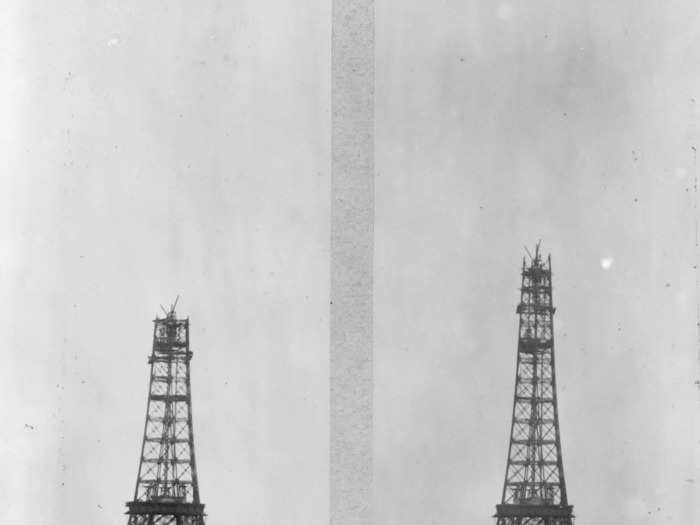
While the foundations were being set, the rest of the tower was prefabricated in a nearby workshop.
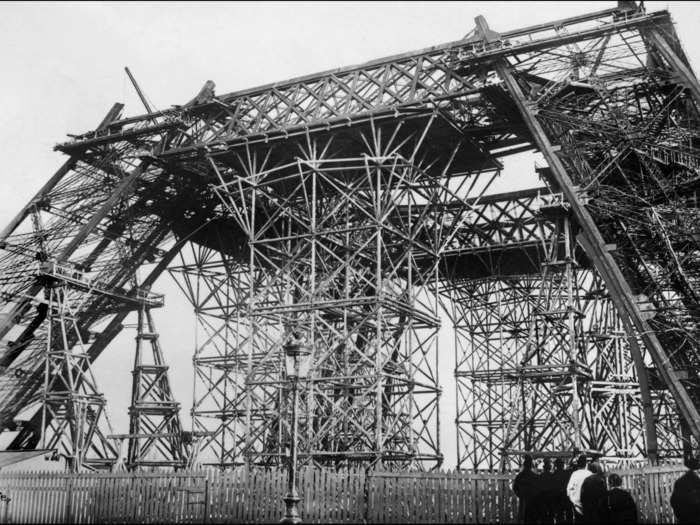
The prefabrication of the tower allowed the construction workers to link the pieces together with haste and erect the tower expeditiously.
At the end of the 6-month period where the foundations were set, the 18,000 parts of the tower were put together like Legos, and the tallest building in the world was ready for the World Fair.
The Eiffel Tower has been an enduring landmark since its debut in 1889.
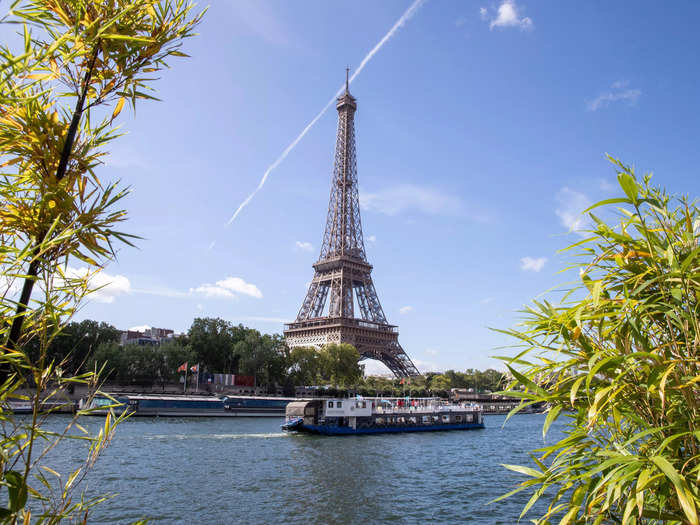
As Paris is set to host the Olympics in 2024, the Eiffel Tower will be one of the center points for the games as the Eiffel Tower stadium. The stadium will hold 12,860 spectators and host games like men's and women's volleyball.
The planning, building, funding, and installment of the Statue of Liberty was a 20-year endeavor.
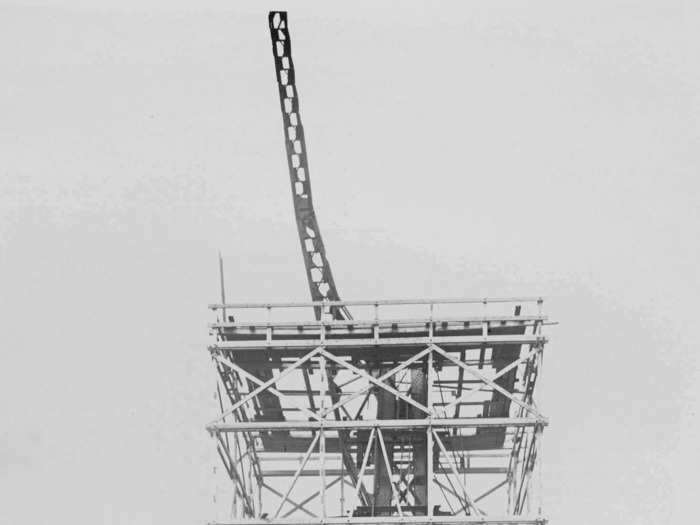
Édouard de Laboulaye, a French scholar, first came up with the idea for the statue as a way to celebrate the centennial of America's independence as well as their friendship with France in 1865, and the statue was finally installed in 1886.
The statue, originally named "Liberty Enlightening the World," was built and paid for by the French. All the United States had to do was build its pedestal. Frédéric Auguste Bartholdi, a French sculptor, designed the statue with the help of Eugène-Emmanuel Viollet-le-Duc, the mind behind Notre Dame, and Alexandre-Gustave Eiffel, who supervised the construction of the internal structure of the Statue of Liberty a few years before beginning the Eiffel Tower.
In order to raise money for the pedestal, patrons could pay 50 cents to go to the top of the right arm which was displayed at the first World's Fair in 1876.
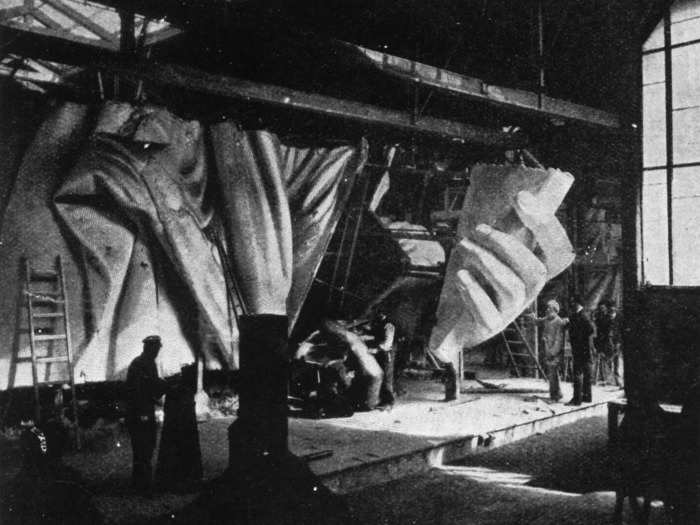
Despite its completion in 1884, the Statue of Liberty ran into one last hindrance — only $150,000 of the $250,000 was raised to construct the pedestal.
John Pulitzer put out an ad in his newspaper, "The World," asking for donations. The campaign was a success, and 80% of the $100,000 was achieved from donations under $1.
On October 28, 1886, the Statue of Liberty was erected on its pedestal 20 years after it was originally conceived.
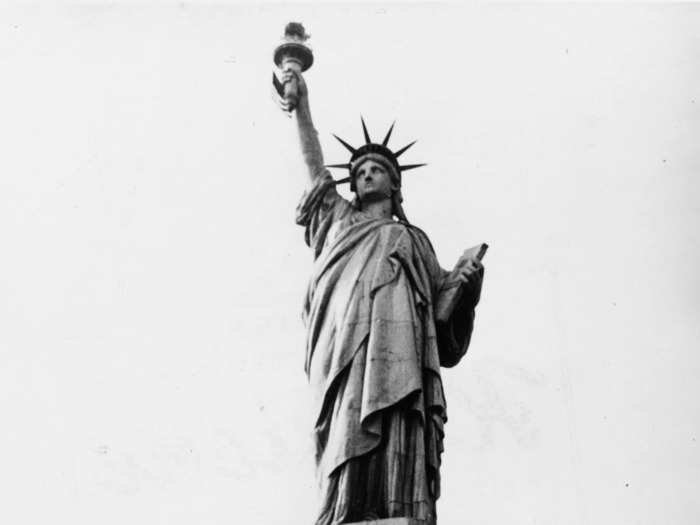
In total, the construction of Christ the Redeemer took nine years.
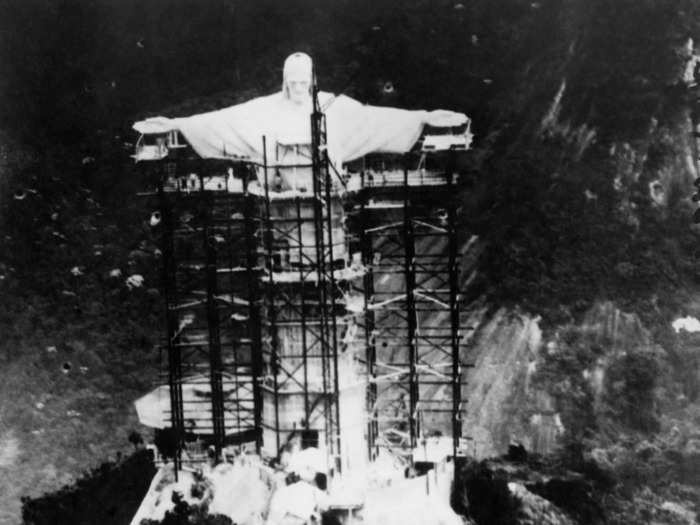
Originating as a suggestion from the Roman Catholic archdiocese of Rio de Janeiro, the Christ the Redeemer statue now stands 98 feet high with a 92-foot wingspan.
The statue was built by two Brazilian engineers, Heitor da Silva Costa and Albert Caquot; a French artist named Paul Landowski; and a Romanian sculptor named Gheorghe Leonida.
Landowski made to-scale sculptures of the hands and face of Jesus out of clay, as well as a four-meter body that would be extended once on sight. The hands and face were cut into cubes and shipped to Brazil from France to be reconstructed on sight.
Caquot decided to cast the sculpture from concrete and he and his team covered the statue in 6 million soapstone tiles to obscure the rough texture of raw concrete.
The statue was dedicated and unveiled on October 28, 1931.
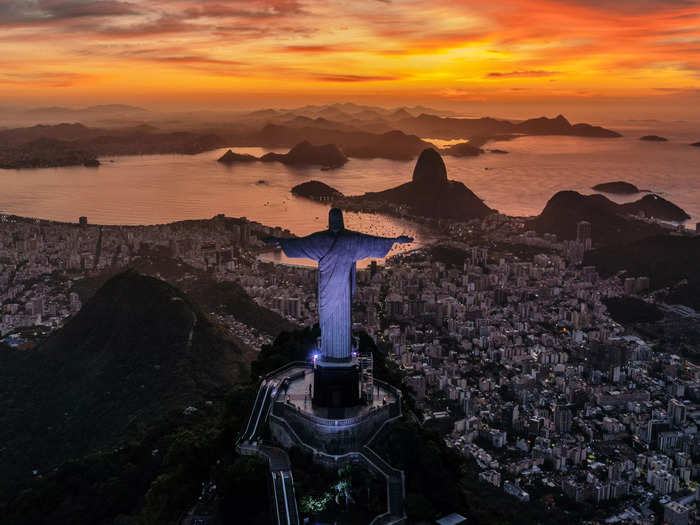
The pedestal it rests on was erected on April 4, 1922, to commemorate the centennial of Brazilian independence from Portugal.
The Christ the Redeemer statue has been designated as one of the Seven Wonders of the World in the years since its erection in 1931.
The Louvre was first constructed in the 12th century by Phillip II as a fortress to defend the western edge of Paris.
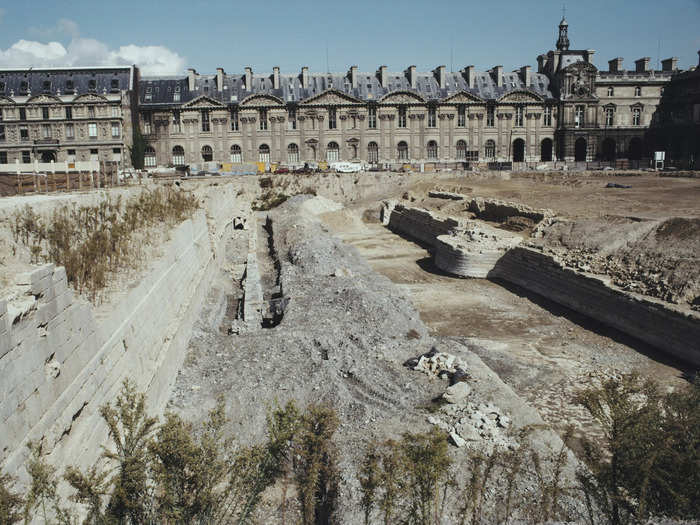
In the 16th century, the fortress was demolished, and the Louvre began its journey towards the museum it is today as Francis I turned it into a Renaissance-style residence for the royals.
French monarchs continued to expand the physical structure of the Louvre and add to its art collection until it officially opened as a museum in 1793.
In 1988, I.M. Pei was hired to renovate the Louvre and installed his controversial glass pyramid.
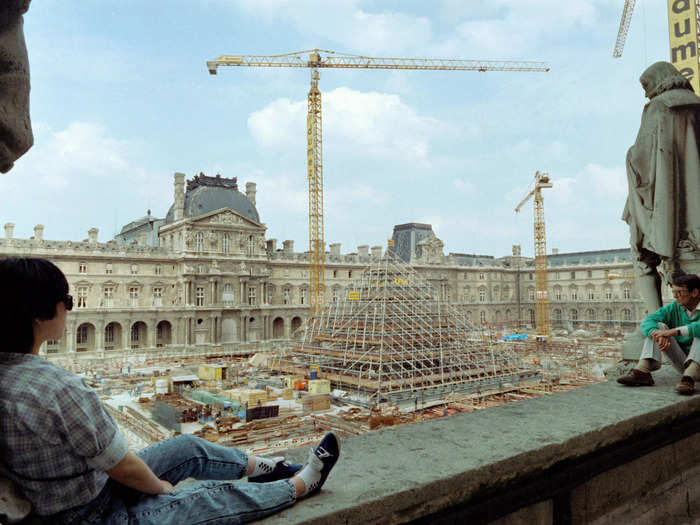
Bertrand Monnet, the former chief architect of the Committee on Historical Monuments, called the glass pyramid a ''gigantic, ruinous gadget.''
The Glass Pyramids caused immense controversy amongst the French public. Then-President François Mitterrand wanted to erect a structure to help him leave a mark in history. The erection of the glass pyramid was perceived as the eruption of an American foreign object in hallowed French space.
The Glass Pyramid has since become iconic and now serves as the main entrance for the museum.
In 1993, when the museum commemorated its 200th anniversary, a wing formerly occupied by the French Ministry was repurposed as a part of the museum. With the absence of the French Ministry, the Louvre became a full museum for the first time in its history spanning two centuries.
Mount Rushmore was a sacred area for the Indigenous population of the Great Plains.
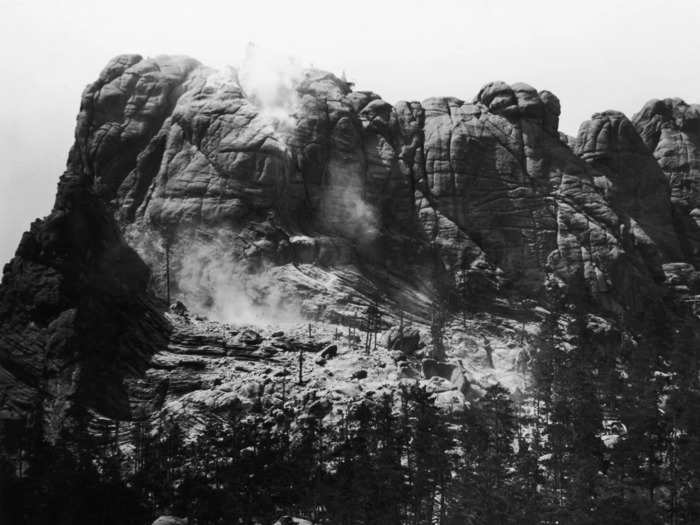
Initially, the mountain range was known as Tunkasila Sakpe Paha, or Six Grandfathers Mountain.
In 1868, the US signed the Treaty of Fort Laramie and agreed to give the Lakota exclusive use of the Black Hills. However, when gold was discovered in the area in 1877, the US promptly broke the treaty and took the land back. The Lakota sued the US government for theft in the 1920s in a legal battle that would continue for decades.
Doane Robinson, a historian at the South Dakota State Historical Society, tapped the sculptor, Gutzon Borglum, to work on Mount Rushmore.
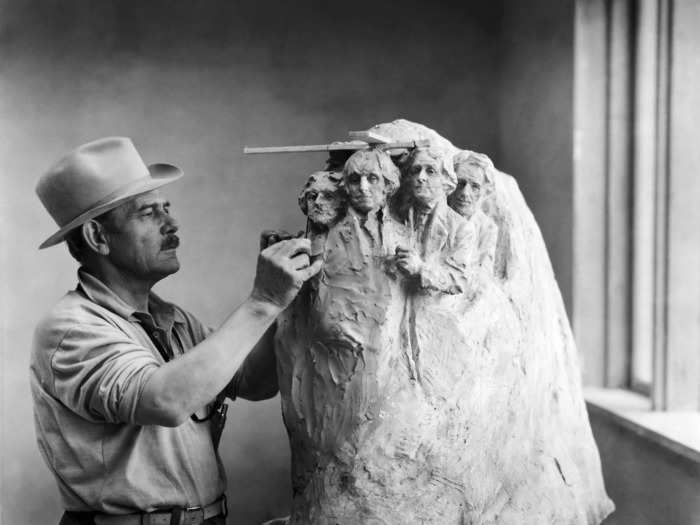
Robinson wanted to replicate the carvings in Atlanta Stone Mountain and hired Borglum, who had worked on that project, to entice more tourists to South Dakota. Robinson's original vision involved carvings of figures like Lewis and Clark and Lakota leader Red Cloud.
Borglum, who had ties to the KKK, had a different vision than Robinson. He decided to carve the faces of George Washington, Thomas Jefferson, Theodore Roosevelt, and Abraham Lincoln into the mountain for their contribution to the nation's founding, expansion, economic growth, and preservation.
The monument was never technically finished according to the vision of Borglum, who died in March of 1941.
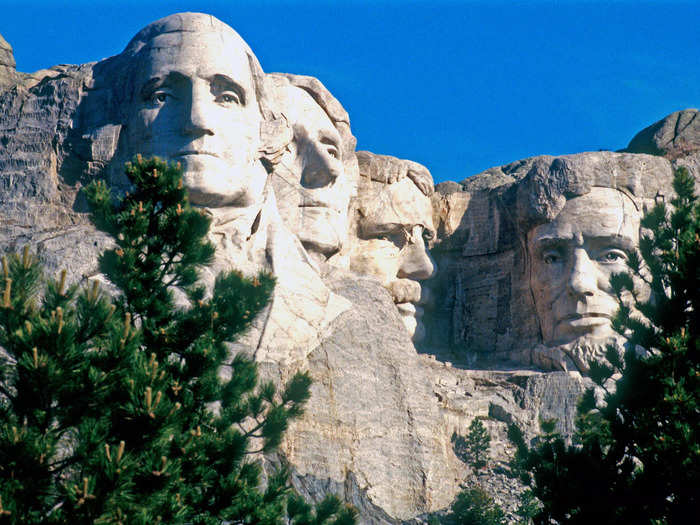
Because of an absence of funding, the monument was declared finished on October 31, 1941.
Though it now stands as an iconic landmark of some of America's presidents, Mount Rushmore also represents the American theft of sacred land from the indigenous people to whom it was promised.
When Disneyland was first created, it was just a small amusement park surrounded by farmland in Anaheim, California.
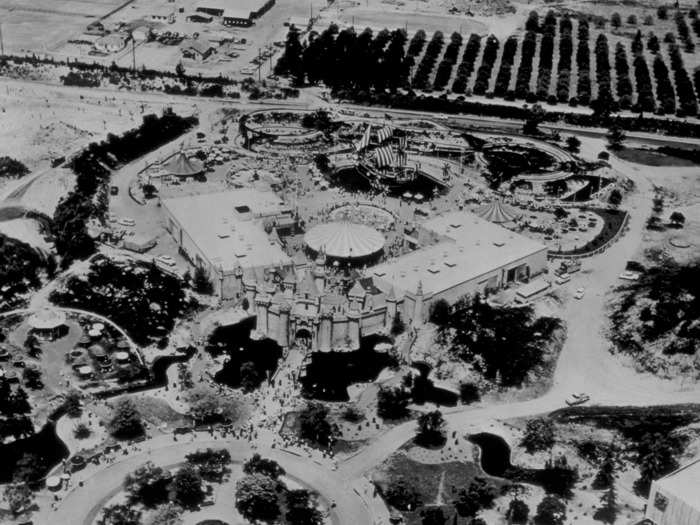
Now, Disney and its amusement parks are a juggernaut of entertainment and have 12 different parks worldwide.
Disneyland opened its doors to the public for the first time on July 17, 1955, for the admission price of $1. Patrons could pay another 10 cents to 30 cents for one of Disneyland's eight ride attractions.
Despite various mishaps on opening day like gas leaks and power overloads, the park still saw a line of 15,000 people on the second day of opening. In its first 10 weeks, the park saw one million visitors. Within five years, there would be 5 million visitors per year.
Disneyland in Anaheim now has more than 100 attractions and experiences available at the park.
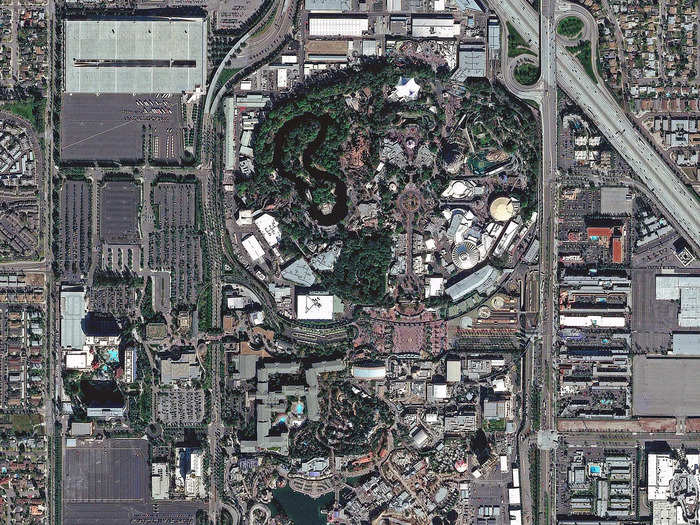
The park sees an average of 44,000 visitors a day and 16.88 million visitors in 2022.
In 2022, Disneyland parks in Florida and Anaheim combined for $7.2 billion in the first quarter of 2022 and 2023. Disney's Parks, Experiences, and Products division reported $8.3 billion in revenue.
The Sagrada Familia is the famously unfinished church in Barcelona, Spain.
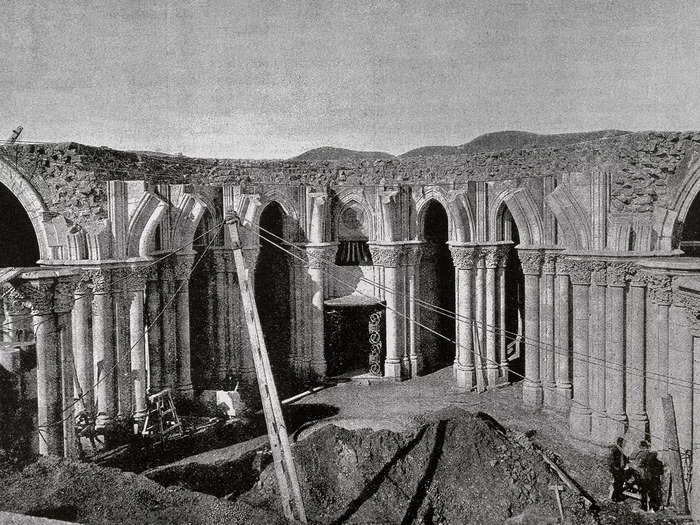
Construction on the Sagrada Familia started in 1882 by Francisco de Paula del Villar. Due to disagreements, Villar quit the project and was replaced by Antoni Gaudi.
Gaudi began working on the Sagrada Familia in 1883 and changed the original plan to be a Gothic church to a combination of Gothic, Art Nouveau, and modernism. Gaudi wanted the church to have more representation of nature than religion and wanted the interior to represent a forest.
Gaudi believed that the construction of the church would take 200 years.
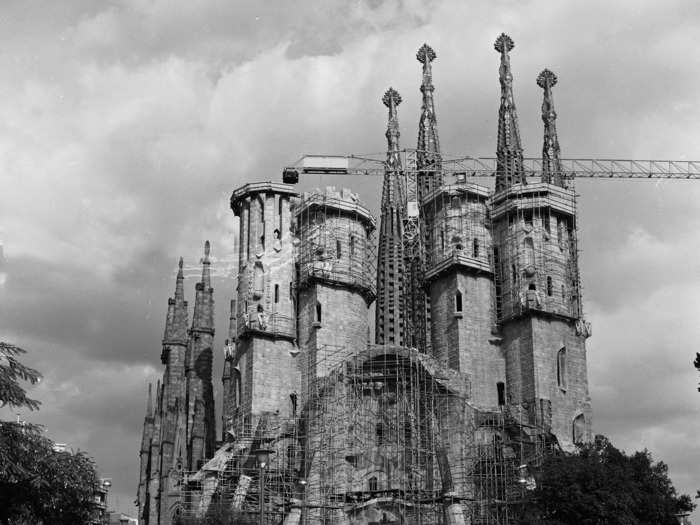
Gaudi left notes and models for the architects who would inevitably take up his work. In the last years of his life, Gaudi lived in his workshop at the church and was buried there after his death.
When Gaudi died after getting hit by a tram in 1926, work halted for the first time, then again during the Spanish Civil War, and again after anarchists broke into the church and burned Gaudi's notes and models.
On October 3, 2023, the Church completed the construction of the fifth of its six central towers.
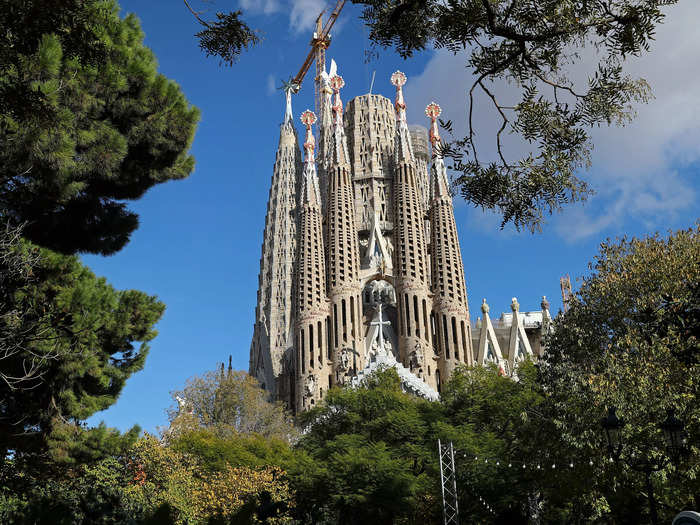
Four towers represent Matthew, Mark, Luke, and John; the other two represent Mary and Jesus. The church is set to complete construction on the 100th anniversary of Gaudi's death in 2026.
The Empire State Building was built on the original location of the Waldorf Astoria Hotel.
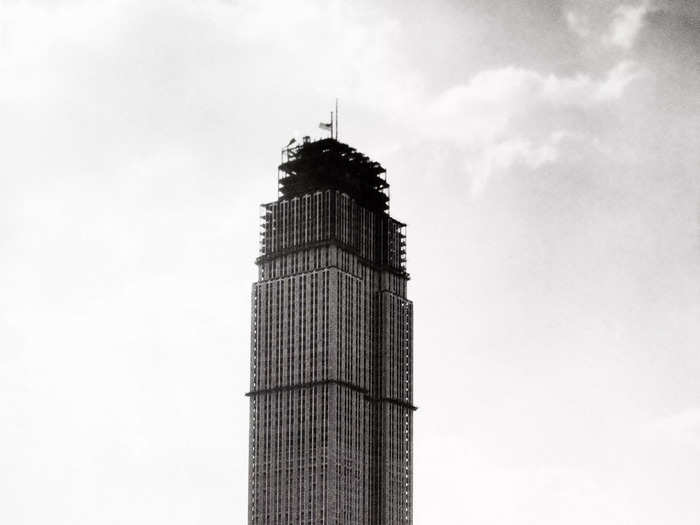
During its construction, the frame work of the Empire State Building rose four and a half stories a week. The ultimate goal of the building was to be the first building in the world that was more than 100 stories tall.
The Empire State Building was built in one year and 45 days, opening its doors to the public on May 1, 1931, becoming the tallest building in the world for the next 40 years.
The construction of the building was a great source of jobs during the Depression; however, once it opened, 75% of its office space was unused for many years, earning it the name "The Empty State Building."
The building has since become an iconic landmark of New York City and a fixed point in the city's skyline.
Popular Right Now
Popular Keywords
Advertisement